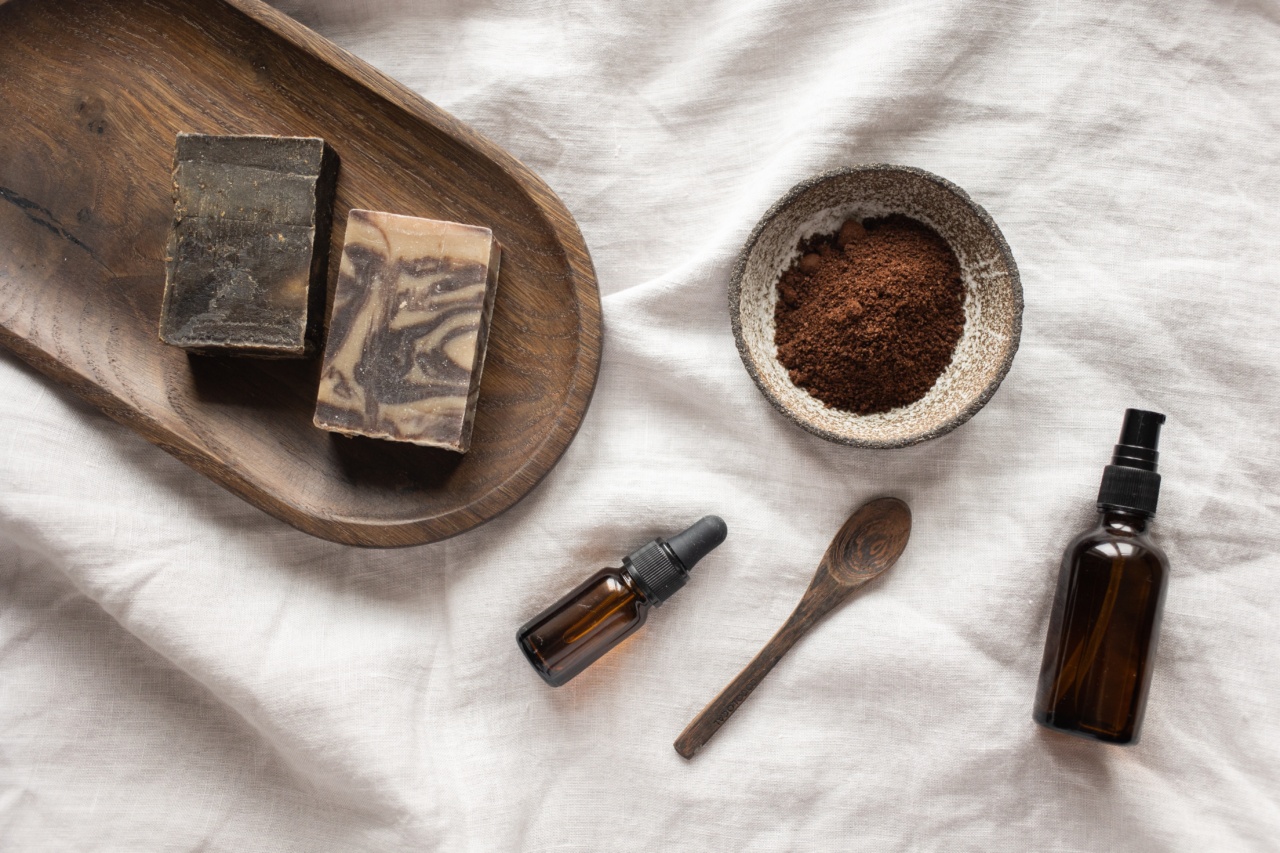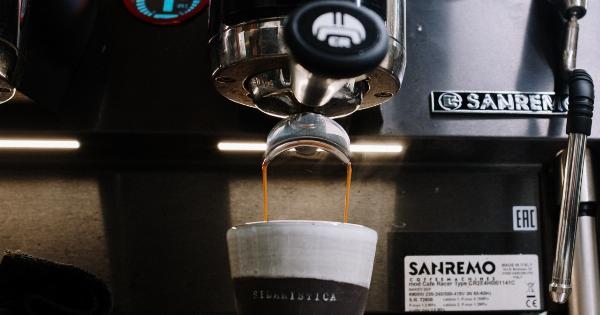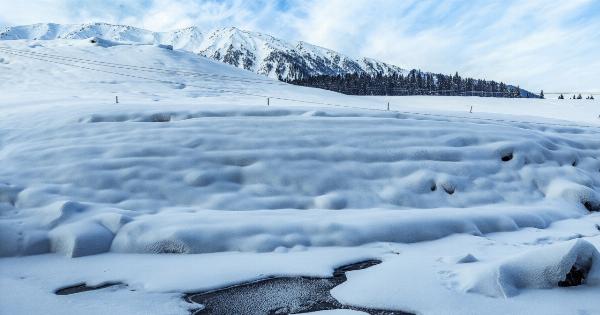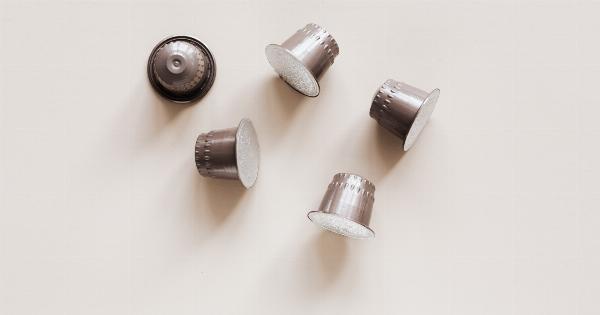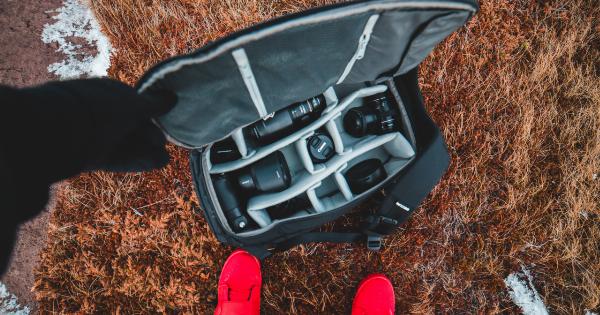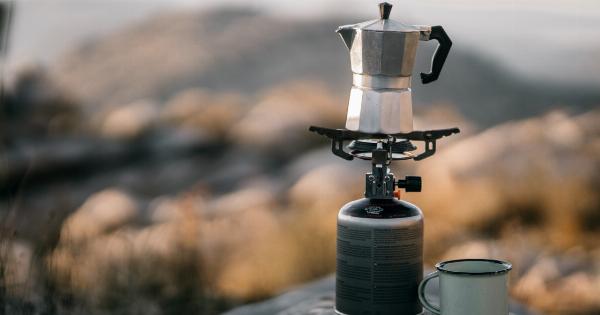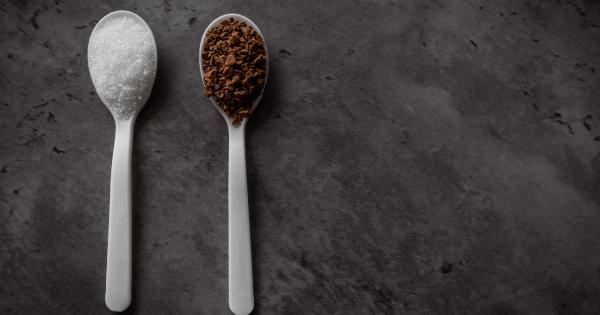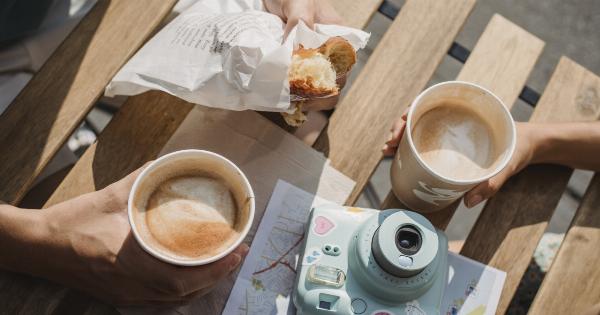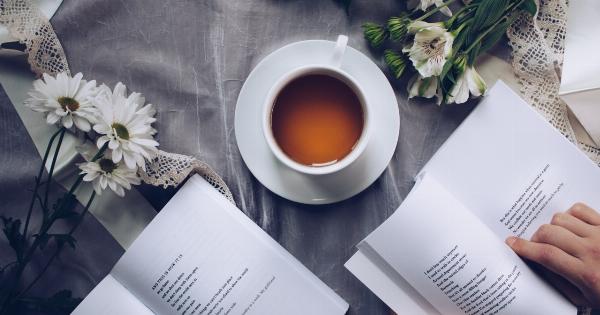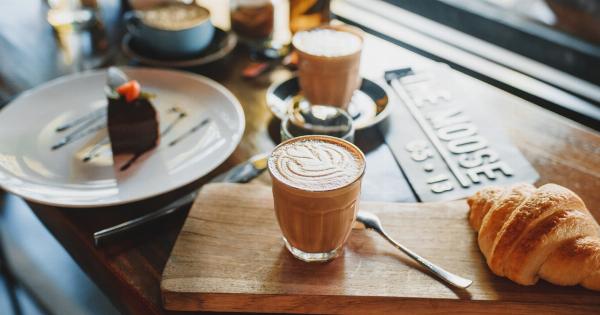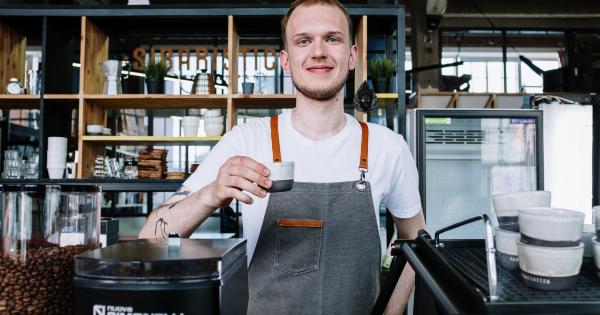Many of us rely on a daily cup of coffee to kickstart our day. Whether you prefer a strong espresso, a creamy latte, or a simple black brew, there is a science to achieving the perfect cup of coffee.
From selecting the right beans to understanding the brewing process, each element plays a crucial role in extracting the flavors and aromas that make coffee so beloved.
The Impact of Coffee Beans
The journey to brewing the perfect cup begins with the selection of coffee beans. The two main types of coffee beans, Arabica and Robusta, have distinct characteristics that contribute to the flavor profile.
Arabica beans are considered superior in quality due to their more complex and nuanced flavors. They tend to have a sweeter taste with notes of fruit, chocolate, and caramel.
On the other hand, Robusta beans have a higher caffeine content and a stronger, more bitter taste. They are often used in blends or for espresso shots.
Additionally, the region in which the beans are grown can influence their flavor. Factors such as altitude, climate, and soil composition can significantly affect the taste of the coffee.
For example, beans grown at higher altitudes tend to have a brighter acidity and a more refined flavor profile.
The Role of Roasting
Once the beans have been selected, they undergo the process of roasting. Roasting not only transforms the green coffee beans into their characteristic brown color but also impacts the flavor and aroma.
During the roasting process, a chemical reaction known as the Maillard reaction takes place. This reaction occurs between the sugars and amino acids present in the coffee beans, resulting in the browning and flavor development.
The longer the beans are roasted, the darker and more intense the flavor becomes.
Roasting also affects the acidity and body of the coffee. Lighter roasts tend to have a brighter acidity and a lighter body, while darker roasts have a lower acidity and a fuller body.
The Importance of Grind Size
The grind size of the coffee beans is a crucial factor in determining the coffee’s extraction and flavor. Different brewing methods require specific grind sizes to achieve optimal results.
For example, for espresso, a fine grind size is necessary to create the right amount of pressure and produce a concentrated, flavorful shot.
On the other hand, for a French press, a coarser grind size is preferred to prevent over-extraction and sediment in the final cup.
The surface area of the coffee particles exposed during grinding affects the rate at which the flavors are extracted.
Finely ground coffee has a larger surface area, allowing for faster extraction, while coarse grounds result in a slower extraction process.
The Science of Water and Temperature
Water is a key ingredient in the brewing process and can significantly impact the taste of the coffee. Ideally, the water used should be fresh, clean, and free from any impurities that could alter the flavor.
The temperature of the water also plays a crucial role in extracting the flavors and aromas. The ideal water temperature for brewing coffee ranges between 195°F to 205°F (90°C to 96°C).
Water that is too hot can result in over-extraction, leading to a bitter taste, while water that is too cold may result in under-extraction, producing a weak and bland cup of coffee.
The Brewing Methods
There are several brewing methods to choose from, each offering a unique coffee experience. Here are a few popular methods and their distinct characteristics:.
1. Pour-Over
Pour-over brewing is a manual method that involves slowly pouring hot water over the coffee grounds in a filter. This method allows for precise control over the brewing process and brings out the nuanced flavors of the coffee.
2. French Press
The French press method involves steeping coarsely ground coffee in hot water and then pressing a plunger to separate the grounds from the liquid. This method produces a bold and full-bodied cup of coffee.
3. Espresso
Espresso is a concentrated form of coffee brewed using high pressure. The finely ground coffee is compressed and hot water is forced through it, resulting in a small, flavorful shot of coffee.
This method is the foundation for various coffee-based drinks such as lattes and cappuccinos.
4. Cold Brew
Cold brew coffee is made by steeping coarsely ground coffee in cold water for an extended period, usually 12-24 hours. This method creates a smooth and less acidic cup of coffee, often served over ice.
The Coffee-to-Water Ratio
The ratio of coffee to water is essential in achieving a balanced and flavorful brew.
The general rule of thumb is to use approximately 1 to 2 tablespoons of coffee for every 6 ounces of water, but this can vary depending on personal preference and brewing method.
Dialing in the right coffee-to-water ratio allows for a harmonious extraction, where the flavors are neither overpowering nor weak.
The Importance of Brewing Time
The brewing time refers to the duration for which the hot water comes into contact with the coffee grounds. It plays a crucial role in determining the strength and flavor of the coffee.
Under-extraction occurs when the brewing time is too short, resulting in a weak and underwhelming cup of coffee. On the other hand, over-extraction occurs when the brewing time is too long, leading to a bitter and unpleasant taste.
The Art of Tasting
Once you’ve brewed your coffee following these scientific principles, it’s time to taste and appreciate the flavors. Coffee tasting, also known as cupping, involves evaluating the aroma, acidity, body, and flavor notes of the coffee.
Take note of the aroma when you first inhale the brewed coffee. Then, take small sips and let the coffee coat your palate. Pay attention to the acidity, which can range from bright and tangy to mellow and subtle.
Notice the body, which refers to the weight and mouthfeel of the coffee. Finally, identify the flavor notes such as fruity, nutty, or chocolaty.
Developing your palate and understanding the flavor profiles will help you appreciate the complexities of different coffees and refine your brewing techniques.
Conclusion
The perfect cup of coffee is a result of the delicate interplay between science and art.
Understanding the impact of coffee beans, roasting, grind size, water temperature, brewing methods, and other variables allows you to experiment and tailor your brew to your liking. As you delve deeper into the world of coffee brewing, remember that there is always more to learn and explore in the quest for the perfect cup.
